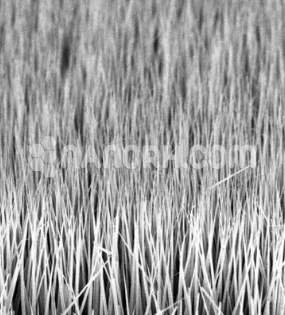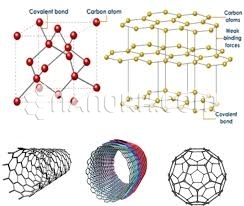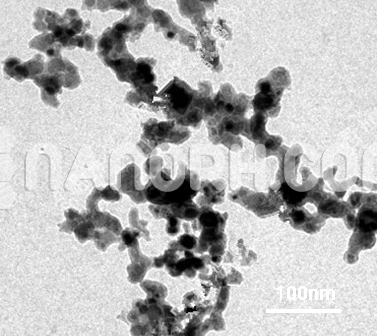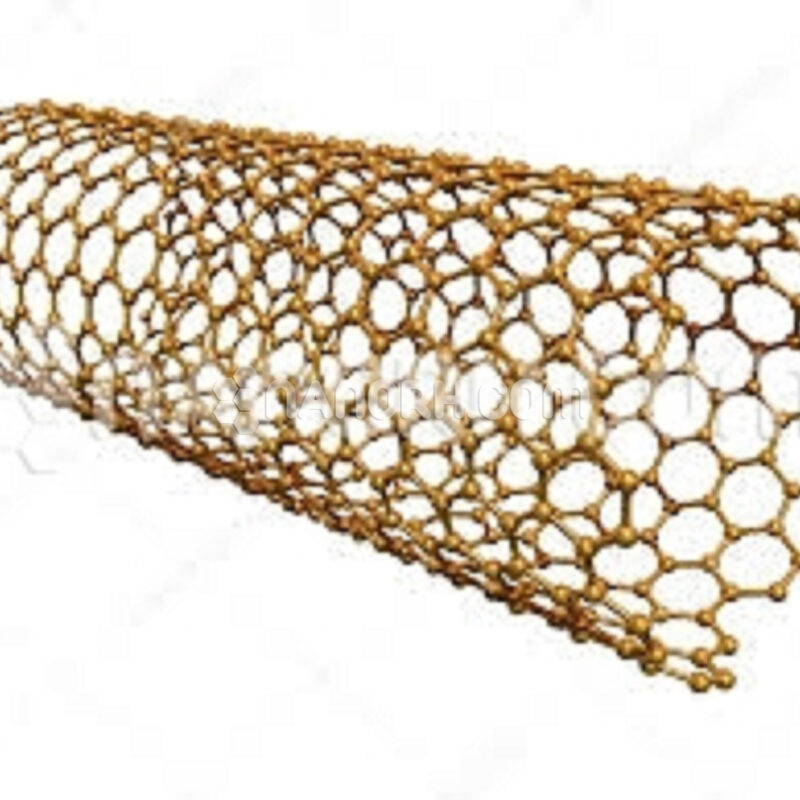Zinc Oxide Nanowire
Elements specializes in producing high purity uniform shaped Zinc Oxide Nanowires with the highest possible density for use in semiconductor, Chemical Vapor Deposition (CVD) and Physical Vapor Deposition (PVD) processes including Thermal and Electron Beam (E-Beam) Evaporation, Low Temperature Organic Evaporation, Atomic Layer Deposition (ALD), Metallic-Organic and Chemical..
| Zinc Oxide Nanowire | |
| Product No | NRE-13015 |
| CAS No. | 1314-13-2 |
| Formula | ZnO |
| Average diameter | 150-200nm |
| Average Length | up to 15um |
| Purity | 99.9% |
| Molecular Weight | 231.84 g/mol |
| Density | 5600 kg/m3 |
| Melting Point | 1,975 °C |
| Boiling Point | 2,360 °C |
Zinc Oxide Nanowire
Zinc Oxide Nanowires is considered one of the best candidates for profitable large-scale optoelectronic applications. It has high breakdown fields, high electron saturation indices, high radiation resistance, and effective luminescence, allowing it to be used in high-performance, high-temperature, and high-frequency optoelectronic devices. Zinc Oxide Nanowires has a number of advantages over other compound semiconductors as the starting materials and manufacturing cost are much cheaper than GaN. Zinc Oxide Nanowires can be easily grown with rich morphologies and properties through a variety of inexpensive processes. Among the various nanostructures studied, zinc oxide nanowires are of great interest because of their nearly one-dimensional (1-D) structures that exhibit quantum confinement effects and high surface-to-volume ratios. A zinc oxide NW can be viewed as a 1-D channel with absorption, emission, and transport of electrons, holes, and photons. Special geometric structures can cause strong confinement effects on charge carriers and photons, potentially leading to several new optical and electrical properties for device applications such as short-wavelength LEDs and nanolasers. ZnO research presents several challenges, including the critical issue of p-type doping. This article gives an overview of the advances in basic research on ZnO NW. First, the microstructure and synthesis techniques are examined. Next, the p-type doping of ZnO NW and its challenges are presented. The following section summarizes the physical properties of ZnO Nanowires and traces possible applications. Finally, it concludes with the future prospects for this exciting material and the prospects for future innovations in the field.




